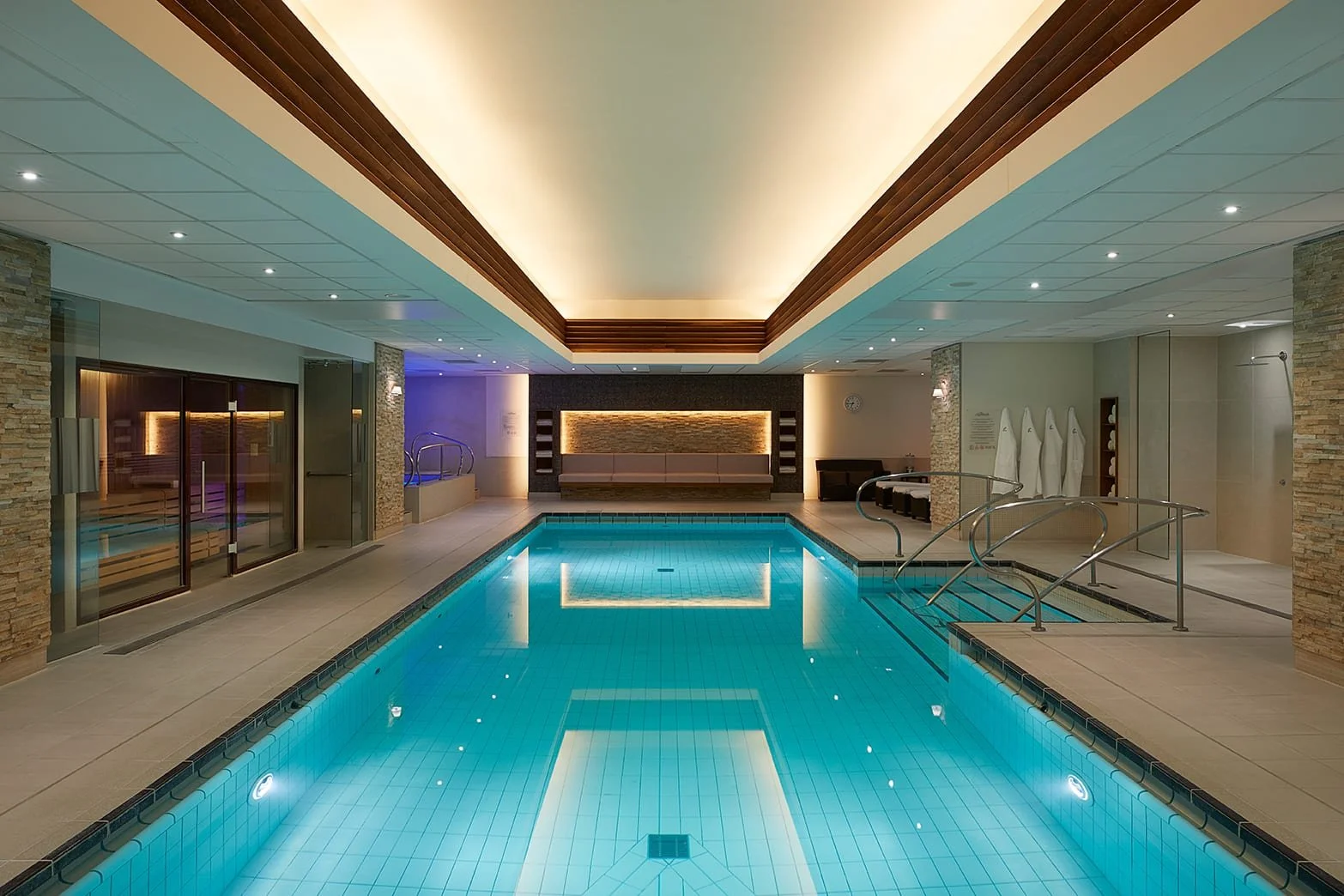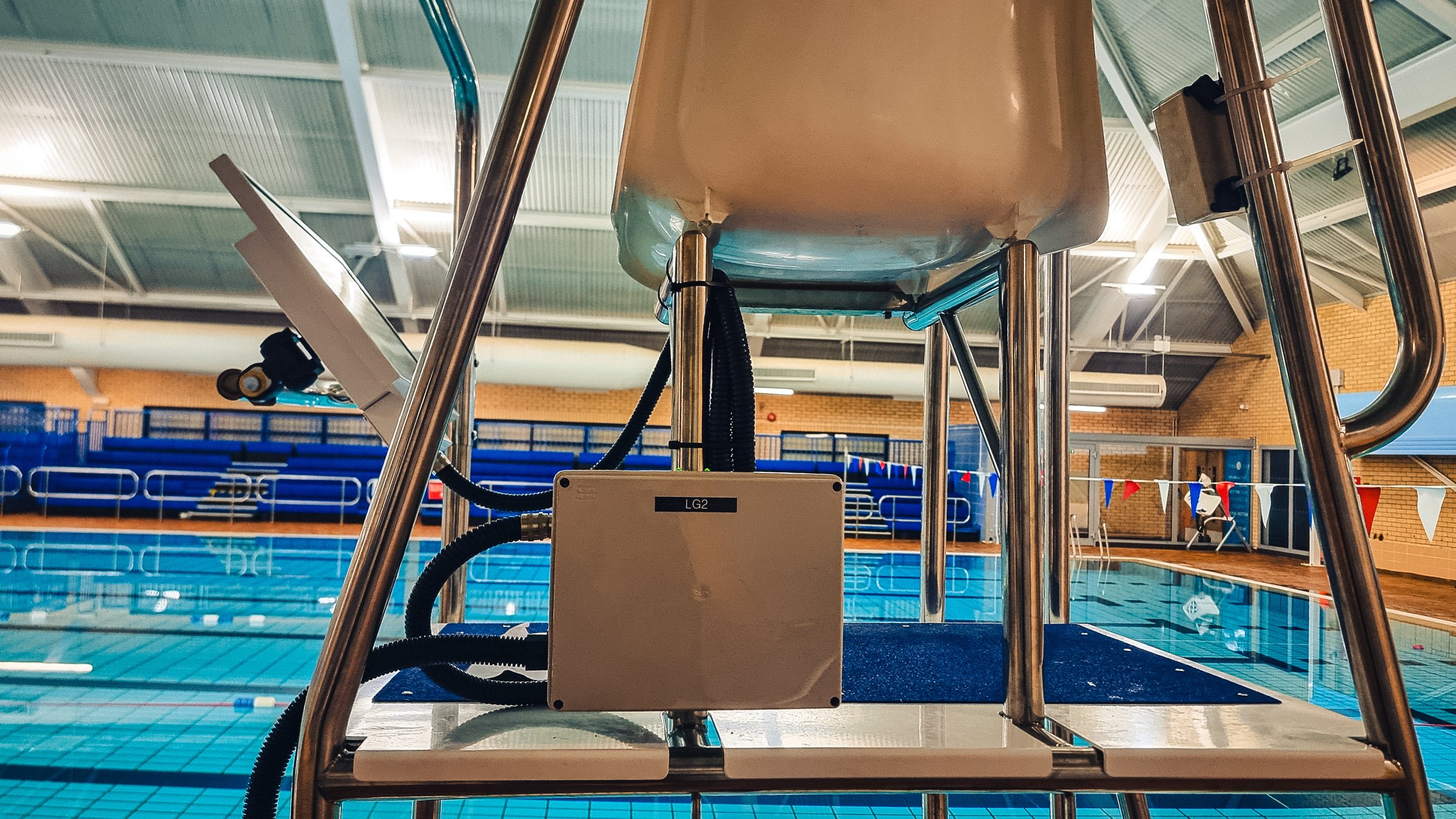Sometimes things just “hit you in the face” and you know you have to stick your head above the parapet and hopefully encourage some debate or fresh thinking.
Every week I visit a lot of pools the length and breadth of the country, encouraging others to consider the use of technology in their own swimming pools.
I often arrive with a little time to spare (and normally anonymously), grab a coffee and sit down with the laptop which I ignore and I watch the Lifeguards and the swimmers before I meet a member of management.
Always there in the quiet times - off peak to use the old terminology - low bather loads - very very low sometimes - but often less than a dozen people in the pool.
I am in a very unique position because of “what I do” with technology (some might say unfortunately) by having access to footage of quite a few “near misses” and tragically too many actual fatalities, which have all occurred in publicly lifeguarded swimming pools in the UK and Ireland.
As our installation rates increase the law of averages dictates that I will get more and more to review as more systems get commissioned and the use of technology to partner lifeguards (Blended Lifeguarding) becomes more prevalent!
It has actually made me pause and take stock and consider a few things that I see in front of me - different factors - different questions - different thinking.
As I have said many many times - Lifeguarding professionalism has changed from the heady days in 1983 when I passed my RLSS Bronze Medallion. Well I remember the launch of the new Pool Lifeguard qualification in the mid eighties - my goodness we thought we knew it all back then - untouchable and awesome as we all were!
Lifeguard qualifications have become more and more sophisticated over the years and certainly very professional. The new excellent RLSS 9th Edition demonstrates that, but I do believe that we should already be considering, where we are going next?
When I talk to and train Lifeguards, I always tell them that there are very very few “help me - help me” movie rescues.
Fact - in the vast majority of all drowning incidents I review, the victim was swimming normally until those last few vital seconds. Very few Lifeguards I believe would have spotted any signs at all - particularly given the recognition skills they have been taught.
I wrote in my blog in April 17 ”When a drowning happens again - and it will - in all probability, this will be the quietest and most “unremarkable” 120 seconds of their (a lifeguards) career - after that - Life will NEVER be the same!”
In fact - 99% of the footage I am “privileged” enough to have seen, re-enforces that completely.
In my opinion - each near miss or fatality in a swimming pool that I have seen has been preceded by some sort of medical event, should it be Hypoxic Blackout, Heart Attack or an Epileptic Fit for example.
In the United States, the only demographic which has shown an increase in fatalities in pools in the last 10 years is unsurprisingly in the upper end of the age range. We are living longer, taking more pills and exercising more, so the chances are that the probability of a medical event occurring in the swimming pool has also increased.
So how can we improve our Lifeguards recognition skills?
The 10:20 scan - for some time this has bothered me a little - I’m ok with a rescue in 30 seconds - but from what I see that is a rarity!
I don’t as yet have an answer or an alternative - but I believe we need to revisit it with some science? Link it to the actual abilities of a human mind, attention spans, zone of responsibility and training etc.
I am obviously an advocate of detection systems in swimming pools and I am wondering should we lifeguard in a different way when such technology is in situ? How do we harmonise the concept of “Blended Lifeguarding” to make pools even safer. We are only at the the beginning of this journey, but I am already thinking that we need to re-think how we Lifeguard under such circumstances.
I also wonder when technology isn’t available - do we want Lifeguards having “identical” roles and responsibilities? For example - when two or more Lifeguards are present, should one have a scanning responsibility and the other a swimmer engageent responsibility? One who interacts with the public freely, patrols and assesses - the other fixed and scanning?
Now I should say and re-enforce something here - what I get to see does not happen very often. I have no way of knowing the number of good interventions from switched on Lifeguards that have occurred which, have prevented a “chain of unbroken events” leading to a near miss or a tragedy - I think that is something that MUST be acknowledged!
I raise these questions because we always want to get better, to raise the bar and to make a difference and question the how’s and why’s. Continuous improvement.
Have a look at these notes from my latest observations
In all of the incidents a member of the public raised the alarm!
Other swimmers swam over or beside the victim and didn’t notice!
The pools had very low bather loads!
No victims cried out in any of them!
All incidents seemed to follow a medical event (two shallow water blackout)!
Post rescue
CPR was slow to start (always over 1 minute)!
Plenty of staff made it to poolside very very quickly 6+ usually always with a defibrillator!
No-one “appeared” to be in charge - I didn’t see someone standing back and taking stock and directing!
What can we re-think to improve modern Lifeguarding?
We certainly need to revisit the 10:20 scan concept
We need to share examples with lifeguards of what drowning actually looks like (a written page or two in a manual isn’t suffice)
This can only benefit their Victim Recognition Skills which I believe needs to be improved and prioritised. This will be difficult as in ALL of the near misses and fatalities that I have witnessed - only two look the same! I can only surmise that the more data I gather over time, the more similarities I will find.
For me - this phrase that Gary Johnson of Pool Super Vision shared with me, says more than an entire page of words!
“if you’re not looking for a gorilla, you won’t see a gorilla and.....
if you’re not looking for a drowning person, you won’t see a drowning person”
We do need to “get real” with our response to incident training - CPR practice in a dry squash court is all well and good, but I don’t think the majority of our Lifeguards are trained with pressurised and realistic simulations like every other emergency response discipline and has been embraced in Australia.
Our young Lifeguards could and should be better prepared for the event that they continually train for but, might never happen!
#thisisnotagame #blendedlifeguarding #letsgetreal











